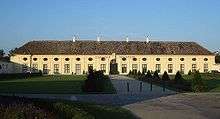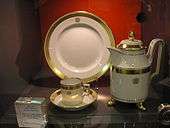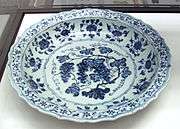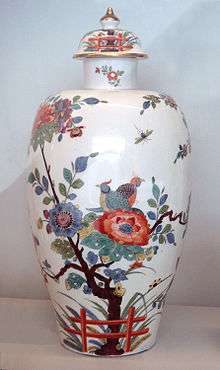Vienna Porcelain Manufactory



The Wiener Porzellanmanufaktur ("Vienna Porcelain Manufactory") was a porcelain manufactory located in Vienna, Austria. The Vienna Porcelain Manufactory was the second porcelain manufactory to be established in Europe.[1]
Dating back to a privilege given by the emperor to Claudius Innocentius du Paquier in 1718, it is, after Meissen porcelain, Europe's second oldest producer of hard-paste porcelain. Since 1744, Augarten pieces bear the shield from the coat of arms of the Dukes of Austria as a trademark.[2]
In 1784, Conrad von Sorgenthal became director. Sorgenthal led the factory to dramatic changes in styles and techniques. Some of these new features included an identifiable influence of Greek art forms.[1]
The manufactory went out of business in 1864. After that, the main porcelain factory of the Austrian empire (and thereafter the Austro-Hungarian empire) was the Herend Porcelain Manufactory which was competing with the Vienna manufactory as purveyors to the Imperial Court. The porcelain of the Vienna manufactory are often referred to as "Alt Wien" (Old Vienna) porcelain, to distinguish it from the products of the new Ausgarten manufactory.
A new porcelain factory in Augarten, established in 1923, revived the traditions of the old Vienna porcelain manufactory.
See also
References
- 1 2 Birmingham Museum of Art (2010). Birmingham Museum of Art : guide to the collection. [Birmingham, Ala]: Birmingham Museum of Art. p. 206. ISBN 9781904832775.
- ↑ Porzellanmanufaktur Augarten history.
External links
| Wikimedia Commons has media related to Viennese Porcelain Manufactury Augarten. |
- Official website (English)

